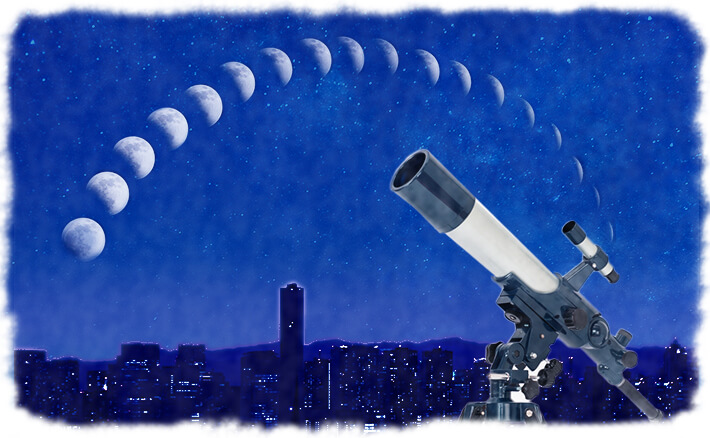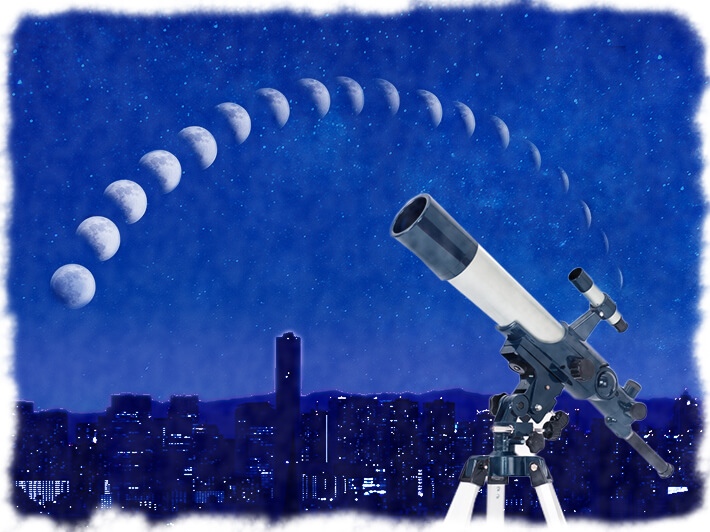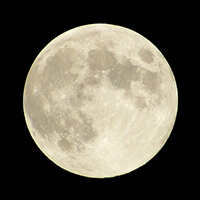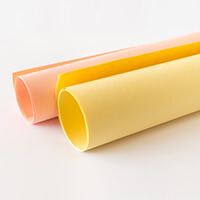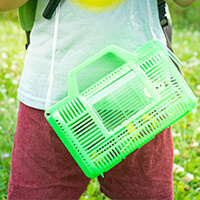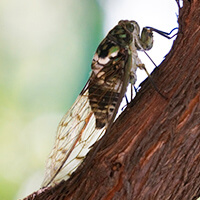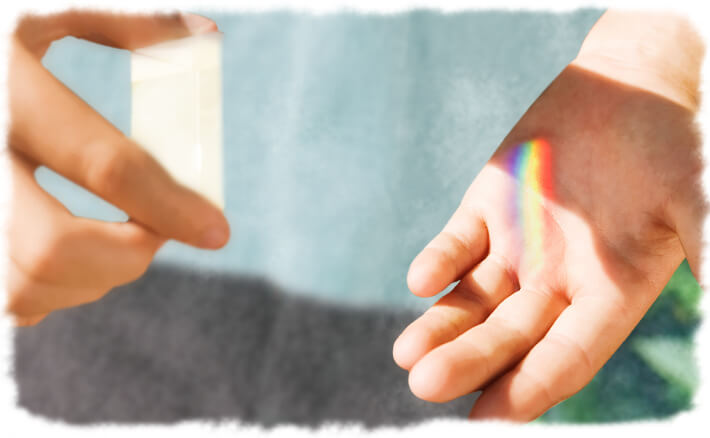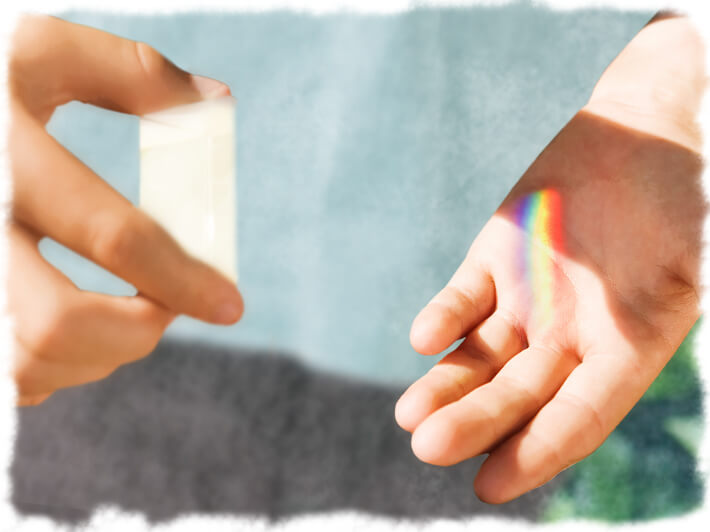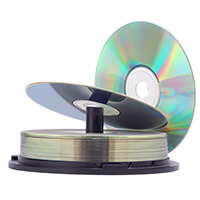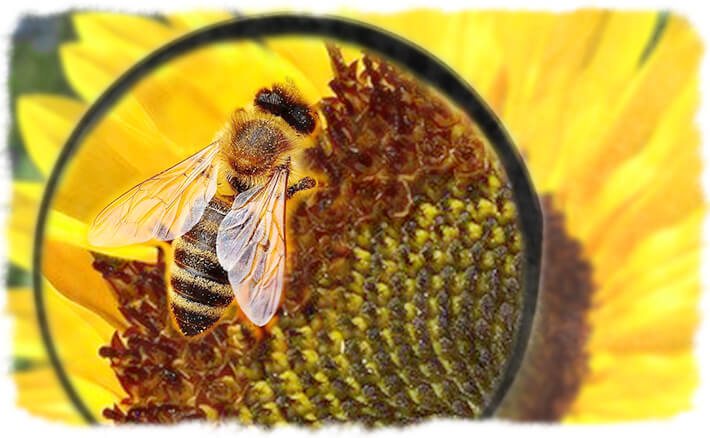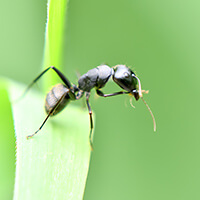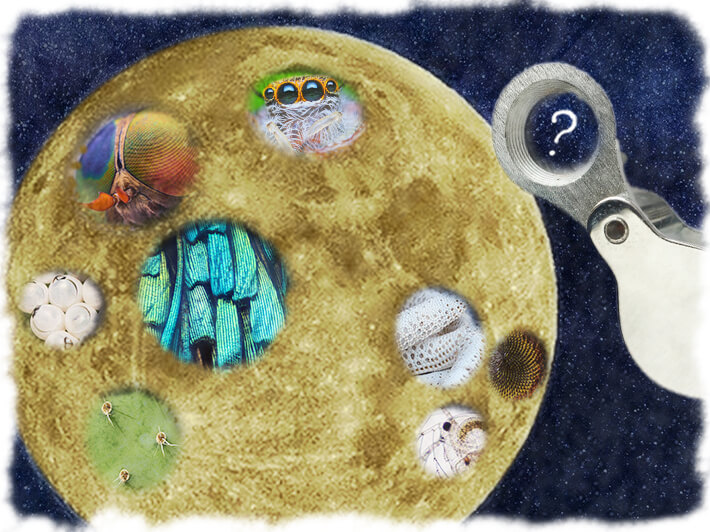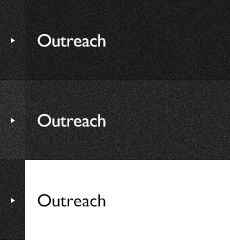Hello, future scientists, and welcome to the world of research at Tokyo Tech. What do you like to do? Collect things? Make things? Take things apart? So do our professors! In grade school, they were fascinated by all those activities. Let's see how they spent their summer vacations.
Gazing at the starry sky
— find research you like and dive in!
What research did you like to do in grade school?Prof. Kenichi Okada says. . .
When I was a kid, I liked to gaze at the stars. When my uncle showed me the stars through a telescope, I fell in love with stargazing. My favorite views were from the countryside, where the air was clean and I could sometimes see the dark part of the moon at different phases.
In my later years in grade school, I found a broken TV lying around the house and decided to take it apart. That was a lot of fun, and I also fell in love with electrical engineering. I made my own video game and even a radio. One radio that I worked hard on did a good job of transmitting sounds. What a thrill!
Tips for doing your own research:
What do you like to do? Choose what you like, because that is the best topic when doing your own research. Trains, games, cooking. . . Anything will do. Just dive in! Basically, all research is free and independent. And another tip: try to think about things yourself before you search the internet!
Let's give it a try! OpenClose
OpenClose
Moon Gazing
Supplies:
- construction paper
- pencil or marker
Steps
-
01Find a spot around your house where you can look up and see the Moon at night.
-
02Take a good look at the Moon.
(A) Which way is the moon?
(B) What does the shape look like?
-
03Every day, record your observations on the construction paper
-
04After the first week, try to predict what will happen the next week.
-
05Can you think of any other ways to observe the Moon?
-
06Finally, write a report on what you have noticed.
What's the topic of your research now? OpenClose
OpenClose
Now, I'm researching the world's fastest smartphone network.
I am researching 5G communications technology, which makes your smartphone perform faster, helps to connect it with other devices, and makes our world more convenient. The speed of communications is already the fastest ever (as of June 2020). But in the future, we can expect schools to conduct more classes online, and cars to run without drivers. My research makes sure that classes are conducted in real time, games can be played without any delay, and cars stay safe on the road.
Collecting rocks and cicada shells
What research did you like to do in grade school?Prof. Fumitake Takahashi says. . .
I spent my summer vacations collecting cicada shells. I guess the shells were easier to collect than live cicadas. Minmin cicadas, large brown cicadas, male, female. . . You name it, I had it. I think I collected at least a hundred shells. Amazing, right? Actually, it isn't too difficult.
During the summer as well as other times of the year, I also liked to collect the crystals that formed in the mountains behind my house. I took a hammer and a small container, and tapped a crystal to remove it from the surrounding rock. Some of my friends made crafts out of small crystals. In the winter, I also made wreaths out of chocolate vines. Anyway, I spent a lot of time playing in nature, so that was where I found hints for my own research projects, too.
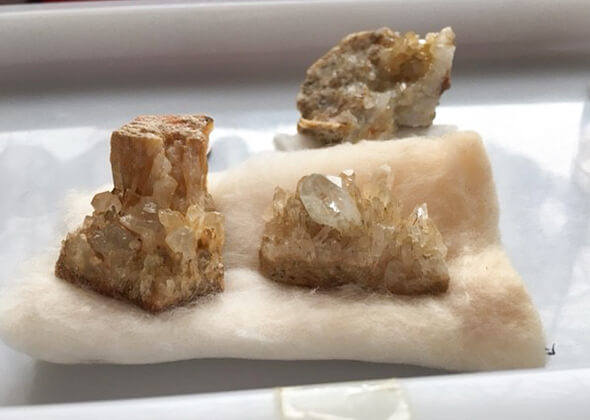 Crystals that Prof. Takahashi collected as a child. He found the large pieces growing from rocks.
Crystals that Prof. Takahashi collected as a child. He found the large pieces growing from rocks.
Tips for doing your own research:
I wonder what I would have chosen for a topic. I think I would have collected the caps of empty plastic bottles from all over the house and separated them according to different rules. Are there many of the same color? Are the caps the same color as the bottles? Are the caps always green if the bottles contained green tea? When you collect enough of the same thing, you begin to notice there's a pattern. Otherwise, I might have made a maze or craft out of the caps. You don't need any special materials to do your own research.
Let's give it a try! OpenClose
OpenClose
Collecting Cicada Shells
Supplies:
- large insect container
- paper
- pencil
- magnifying glass (if you can find one), clothes that protect you from mosquito bites and bee stings
Steps
-
01Find a tree that you think cicadas might like, and search around the trunk and near the roots.
-
02When you find a shell, pick it up gently and put it in the container.
-
03Once you have enough shells, compare them.
(A) Are there any differences in size or shape?
(B) Are there many of the same type of cicada?
-
04Write a report on the results of your research.
What's the topic of your research now? OpenClose
OpenClose
Now, I research recycling.
I am researching better ways to recycle garbage. You play a part, too, by separating your garbage and throwing it away in different garbage cans. If we could all separate our garbage properly, we could reuse a lot of it down to the last plastic bottle cap. How can we get people to take off the cap and throw it away separately from the bottle? One university student recently designed a garbage can that looks like a basketball hoop, where you can shoot the caps into the hoop like a game.
 Garbage cans designed by university students in class.
Garbage cans designed by university students in class.
Learning about light and rainbows!
What research did you like to do in grade school?Prof. Yoshimi Takuwa says. . .
Ever since grade school, I would help out in my father's science classroom, and while I was there, I would do my own experiments. The one that fascinated me the most was using light to make rainbows. Shining light through a glass tool called a prism, directing a ray on the surface of a DVD, and watering the ground with a hose—I used a lot of different techniques. During summer vacation, I blocked the light out of our tool shed at home and made it my lab for observing light.
In middle school and high school, I kept on researching light. In university, I found out about how light is emitted and absorbed. This made me feel as if I had learned to communicate with things (atoms) through light.
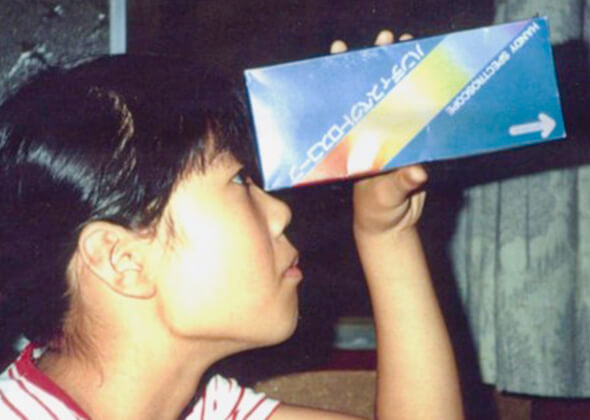 Prof. Takuwa using a prism tool. At the end of the box is a tiny hole. The entering light is separated into its spectrum of rainbow colors.
Prof. Takuwa using a prism tool. At the end of the box is a tiny hole. The entering light is separated into its spectrum of rainbow colors.
Tips for doing your own research:
The topic that you choose to research might already have been chosen by someone else before. The results might come up if you do a bit of searching. But that's okay. Your goal isn't to make a new discovery or find the right answer. The point is to do your own experiments and present what you saw and thought in your own pictures and words. You can use as much or as few colors as you like. Just follow the example of scientists who made awesome discoveries. They drew their own pictures and wrote down what they saw too.
 Prof. Takuwa’s research project in middle school.
Prof. Takuwa’s research project in middle school.
Let's give it a try! OpenClose
OpenClose
Make a Rainbow
Supplies:
- hose and water
- DVD
- soapy water
- colored pencils
- paper
Steps
-
01On a sunny day, use the hose to water the yard.
-
02Spray the water in different directions until you form a rainbow. In which direction did you see the rainbow?
-
03Shine light on the back of a DVD.
-
04Make soap bubbles and shine light on them.
-
05Use the colored pencils to draw the colors of light that you saw.
What's the topic of your research now? OpenClose
OpenClose
Now, I research the history of science.
I am researching how scientists in history went about unlocking the secrets to our world. Why do objects fall? Why do we see the colors of the rainbow? Facts that we take for granted today were not known as facts when they were discovered. Scientists like Galileo Galilei and Isaac Newton observed a phenomenon or process, collected evidence, and presented a convincing report on the results. I am interested in their stories of trial and error.
Bugs! Bugs! Bugs!
What research did you like to do in grade school?Prof. Yuichi Hongoh says. . .
I was crazy about any and all insects. Ever since kindergarten, I caught bugs around my house and kept them. Because I grew up in Tokyo, there weren't a whole lot of bugs. Insects were rare and unusual, and for me, that made them even more appealing. Earwigs, pill bugs, praying mantises, and ants—I caught all of these in my neighborhood and watched them closely.
I also had fun trying things with bugs. One time, I watched an earwig use its rear-end pincers like hands for eating. I found this amazing, because they don't show things like that in picture books. I also thought it odd that the water scorpion has wings but lives in the water. So I tried to make it fly, because I had never seen one fly before. For me, it was fascinating to observe an insect while imagining how it feels. I asked myself things like, why does this bug do this? is this bug enjoying its meal?
Some kids might think bugs are gross or creepy. Not all university students like bugs either. But when they observe one under a microscope, they get interested. You can do it with a magnifying glass. Try zooming in on an insect, and then study its body parts.
Tips for doing your own research:
Look around your house, you'll find that different insects like to live in different areas. Don't worry about variety. Try keeping many of the same insect together in the same container. Watch them closely, and I promise you'll make a surprise discovery.
Let's give it a try! OpenClose
OpenClose
Bug Watching
Supplies:
- insect net
- container for observing the insects
- food for the insects
- notebook for writing down your observations
Steps
-
01Look around your house for areas that you think insects might like.
-
02When you find some insects, put them in the container and observe them closely.
(A) What do they eat?
(B) What do they do?
-
03Every day, write down what you notice in your notebook.
What's the topic of your research now? OpenClose
OpenClose
Now, I research different organisms that live together and help each other.
I am researching organisms that live inside an insect. For example, the termite is known for eating wood, but it can't digest that wood on its own. It relies on microorganisms living inside its body to digest the wood, make body-building nutrients, and generate the energy it needs for staying active. The relationship where totally different organisms help each other has gone on for 150 million years.
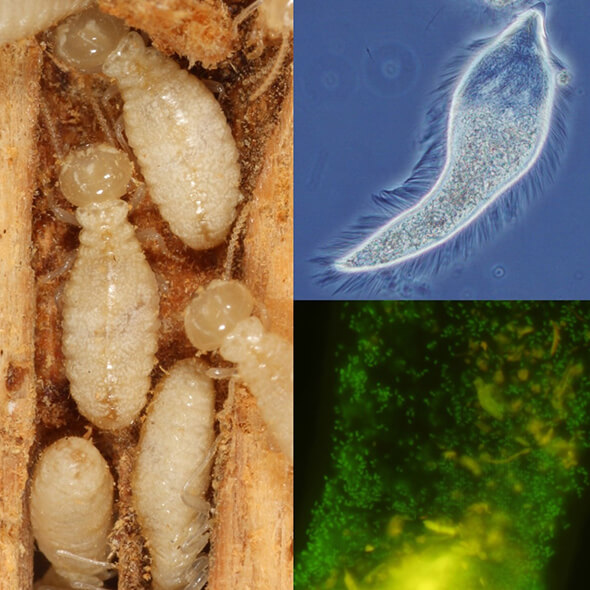 Termites (left) and microorganisms living inside its body (right).
Termites (left) and microorganisms living inside its body (right).
It's a lumpy, bumpy world!
What research did you like to do in grade school?Prof. Shiro Yamazaki says. . .
Doing my own research was one of my favorite things. I remember my third-grade topic the best. I had won a small telescope as a gift of from a science journal. I was so thrilled that I looked at the moon every evening for the rest of that summer. The telescope was about 20 centimeters long, meaning I could see the surface of the moon. What I had imagined to be nice and smooth was actually bumpy and cratered. It made me realize that the real world isn't perfect.
After that, I also tried looking at smaller things closer at hand through a microscope. A flat desk turned out to be as bumpy as mountains seen from the sky. And a photo print was a cluster of tiny lumps. I grew more and more curious about observing what I couldn't see with the naked eye. Because I was good at using the microscope, I was kind of a hero in science class.
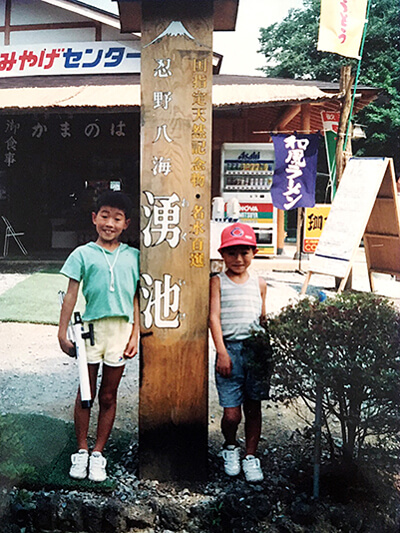 Prof. Yamazaki (left) going camping in summer, carrying his favorite telescope.
Prof. Yamazaki (left) going camping in summer, carrying his favorite telescope.
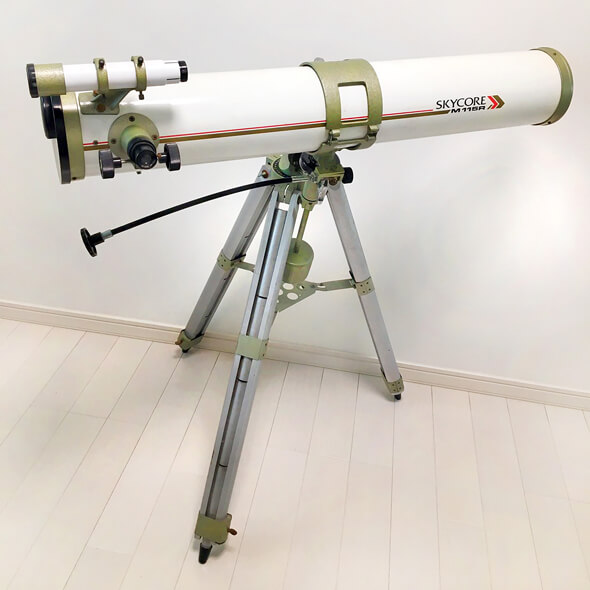 In the later years of grade school, he used a telescope to see the rings of Saturn.
In the later years of grade school, he used a telescope to see the rings of Saturn.
Tips for doing your own research:
Did you know that you can turn your smartphone into a microscope? You can do it using a lens attachment. It works with the smartphone's camera, so you can zoom in and take photos and videos too. When I was a kid, the view under the microscope lasted only in my memory. But now you have marvelous tools.
If I were a grade schooler now, I would like to observe how water fleas swim. Then I would use a special effects app to make it look cool. I would share my work on social media, show it off to people around the world, and present it as my research project.
Long ago, Isaac Newton was forced to stay home while his university closed because of an epidemic. During this long break, he discovered the power of the stars to attract each other, called the law of universal gravitation.
Let's give it a try! OpenClose
OpenClose
Zoom In on Everyday Things
Supplies:
- smartphone
- lens attachment
- app
- printer
- paper
- pen
Steps
-
01Get your smartphone ready.
-
02First, observe whatever is there in front of you.
-
03Then, keep observing and comparing.
(A) Are there any differences between what you see with the naked eye and through the microscope?
(B) Take pictures.
-
04Write a report on what you tried.
(A) What did you notice while comparing views?
(B) Is there anything else you want to observe?
What's the topic of your research now? OpenClose
OpenClose
Now, as a researcher, I still observe small things through a microscope.
Our huge universe is connected with a world of tiny things. I am trying to unlock the secret to these tiny things, called atoms, that make up our world. To do this, I use the world's greatest microscope. Through my research, I still observe what you can't see with the naked eye.
. Any information published on this site will be valid in relation to Science Tokyo.




